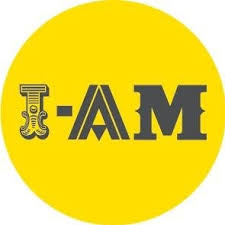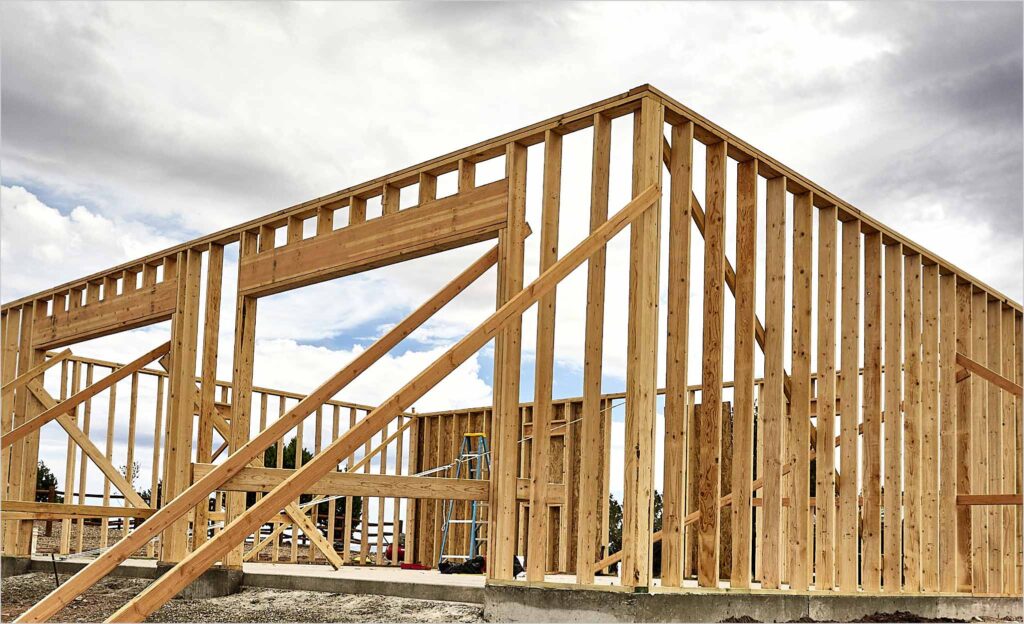Big Ass Focus.
Performance marketing is a huge thing now. Well, it’s always been a thing but Google and digital advertising have made advertising more trackable so it’s even more of a thing.
I sat through an AOR (agency of record) selection process not long ago and here a list of tactics outlined in the briefing doc: Search engine, display, programmatic display, social media, native advertising, content syndication, direct lead gen, new platform testing, outbound email marketing, sponsorships, affiliate marketing, enterprise partnerships, brokers, marketplaces, advertorials, event marketing, out of home, digital audio (podcasts) — dare I say, the list went on.
Most of these tactics are trackable, read: performance marketing. (At least for the last touch, i.e., the last consumer touch before the website is hit.) If your head isn’t spinning, you are not a performance marketing nerd.
The problem with this tactics-palooza, is that not all metrics lead to Rome. The results often lead to a cacophony of “things that work.” Marginally. And when one optimizes this cacophony, you have a doggy’s dinner of strategic direction. A compass spinning out of control. Is it any wonder marketers are beginning to talk about brand again?
Performance marketing needs to also be brand marketing. And for that to happen, there needs to be a brand plan — a litmus for what tactics are making deposits in the brand bank.
I often speak to clients about “beyond the dashboard” planning. And that starts with big ass focus. Not the dashboard.
Peace.









